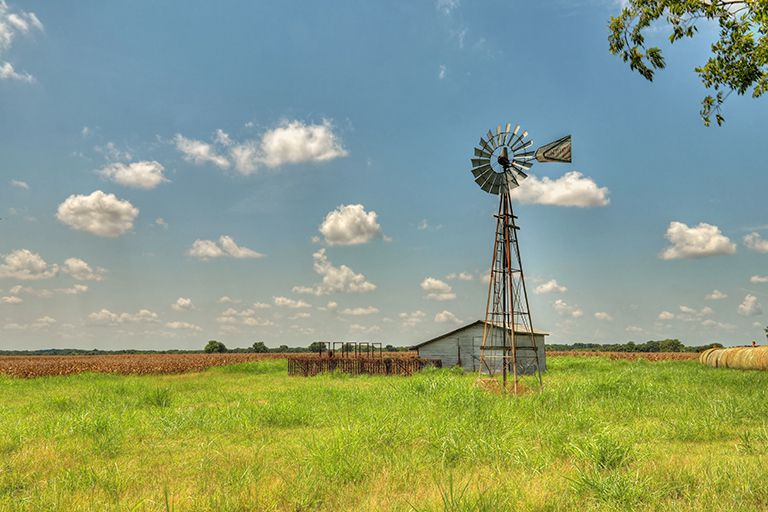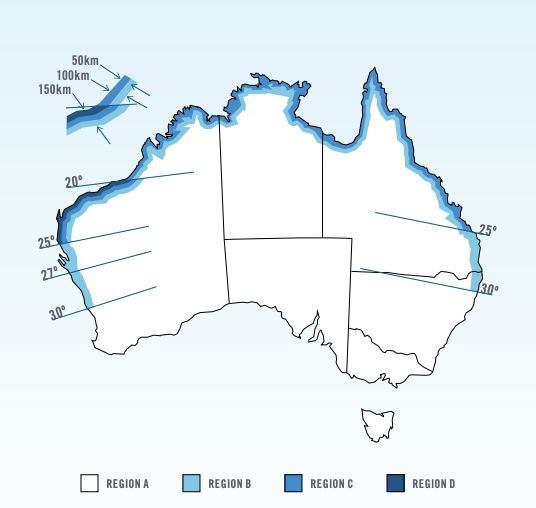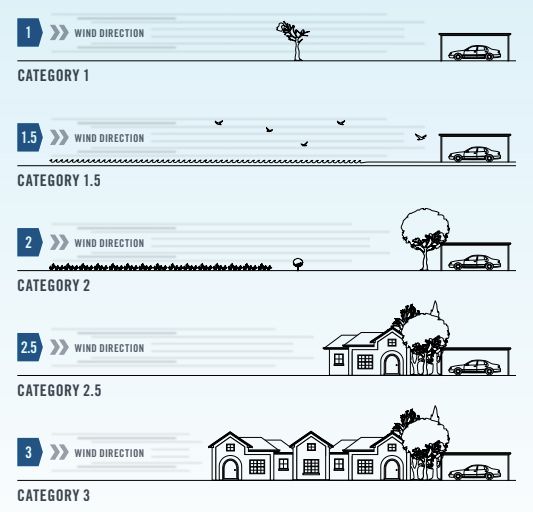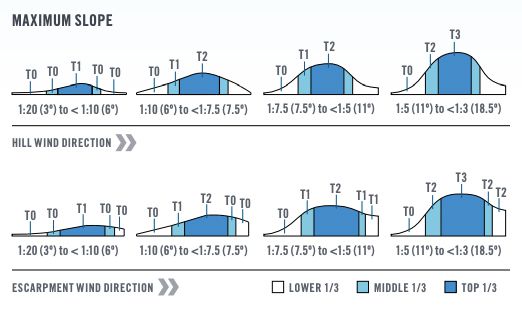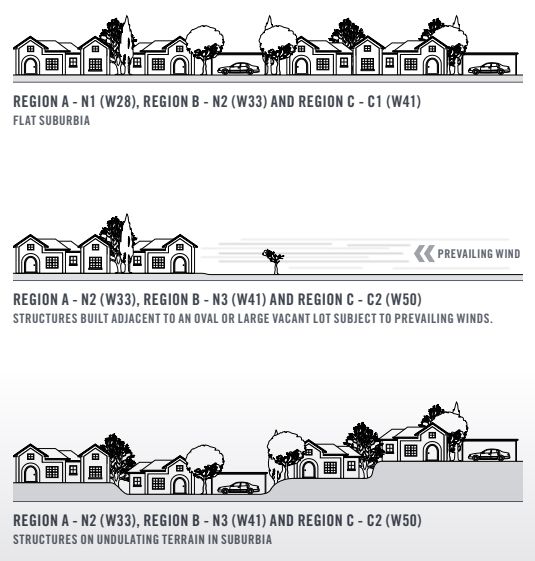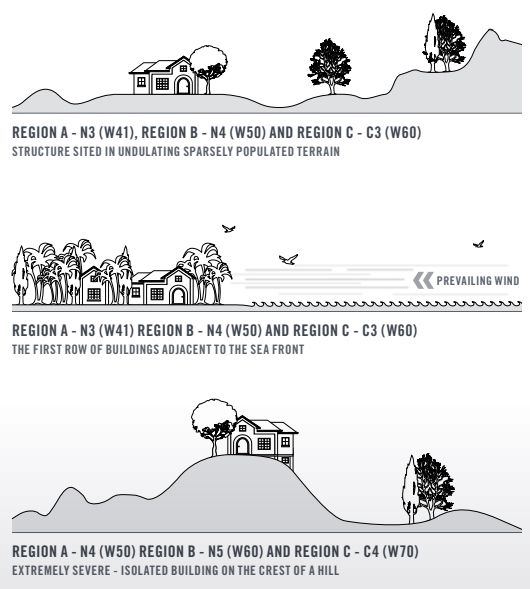Patio Engineering Drawings
Please leave your patio or carport details below and one of our representatives will be in touch to discuss your requirements.
Fully engineered by industry professionals to BCA standards.
Our patio engineering standards cover the below details.
- Engineering for gable, flat, skillion, curved and hip end patios and carports.
- Allowances for on-concrete and in-concrete construction.
- Region A-D and Wind Speed N1-C4.
- Freestanding patios.
- Patios up to 3.6m high.
- Gr350 and Gr450 steel tube.
- Utilises readily available steel sizes including but not limited to 76×38, 100×50, 150×50, 100×150, 90×90.
- Compatible with Colorbond sheeting, insulated sheeting and cedar lining.
- Can be used with our masonry wall engineering standards for on the boundary construction.
- Easy to understand connection details with all tek screwed connections.
Custom Engineering Solutions
If your patio does not fit our standard specifications it is not a problem. We can design and engineer a solution specific for your job.
Please fill in the form below and one of our representatives will be in touch to discuss your project.
